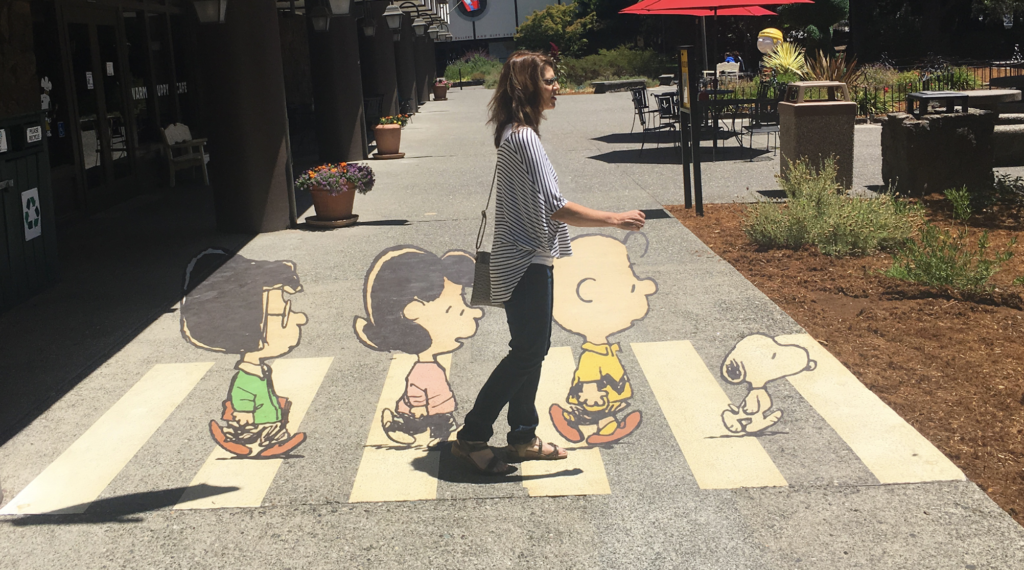Social Media Design Best Practices: Seven Tips For Creating Designs That Stand Out In Today’s Crowded Social Media Landscape

I’ll admit to never having been big on social media. Sure, I’ve had a Facebook account since pretty much the very beginning, and I’ve used it to keep up with family and friends over the years (even if I rarely open up the app anymore). I’ve always looked at LinkedIn as a sort of necessary evil; important as a repository of business contacts but of increasingly less consequence as a real-time networking tool. Twitter has never been for me as it’s always struck me as confrontational and argumentative. And I was late to the game with Instagram, never really understanding where, exactly, it fits into the social media landscape. Needless to say, I’ve always avoided social media work as a designer, as well.
And then I started a podcast.
Specifically, I started a car podcast with a friend called The Steering Committee. And while I’d like to think that the quality of the show has improved steadily over the almost three years that we’ve been at it, it wasn’t until I fully embraced Instagram that our listenership really took off. In a crowded podcast landscape (everyone’s got a podcast!, right?), it was Instagram that brought awareness to our endeavor and keeps bringing in listeners a year later. What continues to surprise me is how many of our competitors—including big automotive media names and institutions— struggle with launching and maintaining their own podcasts, in part because they’ve failed to see the connection between a thoughtful social media presence and the performance of their respective podcasts.
For us the math is simple. The better designed and more compelling our social media posts, the more podcast downloads (and subscribers) we get.
And I should note that while I speak primarily to Instagram (IG) here, these considerations apply to all social media channels that include a visual component.
1. Start with quality, original photography
In my experience, it all starts with a great photo. The subject of the photo should be compelling and the photo itself well-composed and well-lighted. If your image doesn’t check at least two of those boxes then don’t even bother posting it. And be sure to take the time to properly crop the shot for your particular SM application. If the image will be presented in a square format, then import your file like that or risk the app auto-cropping it in an unflattering way. And don’t forget to tag everyone and anyone connected to the photo. People love to be mentioned, whether it’s on a podcast or in a social media post.
2. Use bold typography
Most social media is accessed from mobile devices. In fact, most people use mobile devices exclusively to access social media nowadays. When scrolling through an SM feed, short headlines and easy-to-read type will always perform better than long bits of copy in a tiny, hard-to-read font.
These first two considerations alone—bold, simple copy in combination with striking photography—will elevate your post above most of what’s out there.
3. Consider incorporating a theme
The connection can be tenuous—that’s okay—but try picking up on an element from what you are showcasing as a way to theme your post. In a recent episode of The Steering Committee, we briefly discussed the region of the U.S. called the Ozarks. That was enough for us to riff off of the very popular Ozark tv show and its distinctive iconography to promote our own show.
4. Don’t discount video clips
Social media platforms have made a real effort lately to push users into posting video clips. Don’t discount them whether they’re presented as reels, posts, or stories. As a rule, video content has a much higher rate of engagement and information retention.
5. Yes, you can use audio clips!
As a visual medium, Instagram has no native ability to post audio clips. For an audio-only podcast like ours, that presents a challenge. One workaround is the free (for light users like us) service called Wavve (wavve.co) which allows you to take an audio clip, add an image and then post it to your feed as you would a video. Captions allow for reading when sound isn’t an option, and the available audio “waveform” overlays are an easy way to add visual interest and signify that there’s audio content.
6. Let people press your buttons
People want to engage with your social media posts, whether it be through “liking,” commenting, or via one of the many interactive buttons and tools (links, polls, and stickers) that IG and other platforms now offer. Cheesy as they might seem, when used in moderation they can compel your viewer to spend time with your post in a way that a more passive post will not.
7. Make your call to action obvious
Lastly, have a clear objective for your post and incorporate a simple call to action. Attention spans are seemingly shorter every day, so keep to a single request (“click here for the latest episode,” for example). Multi-step requests or instructions will likely be ignored.



























